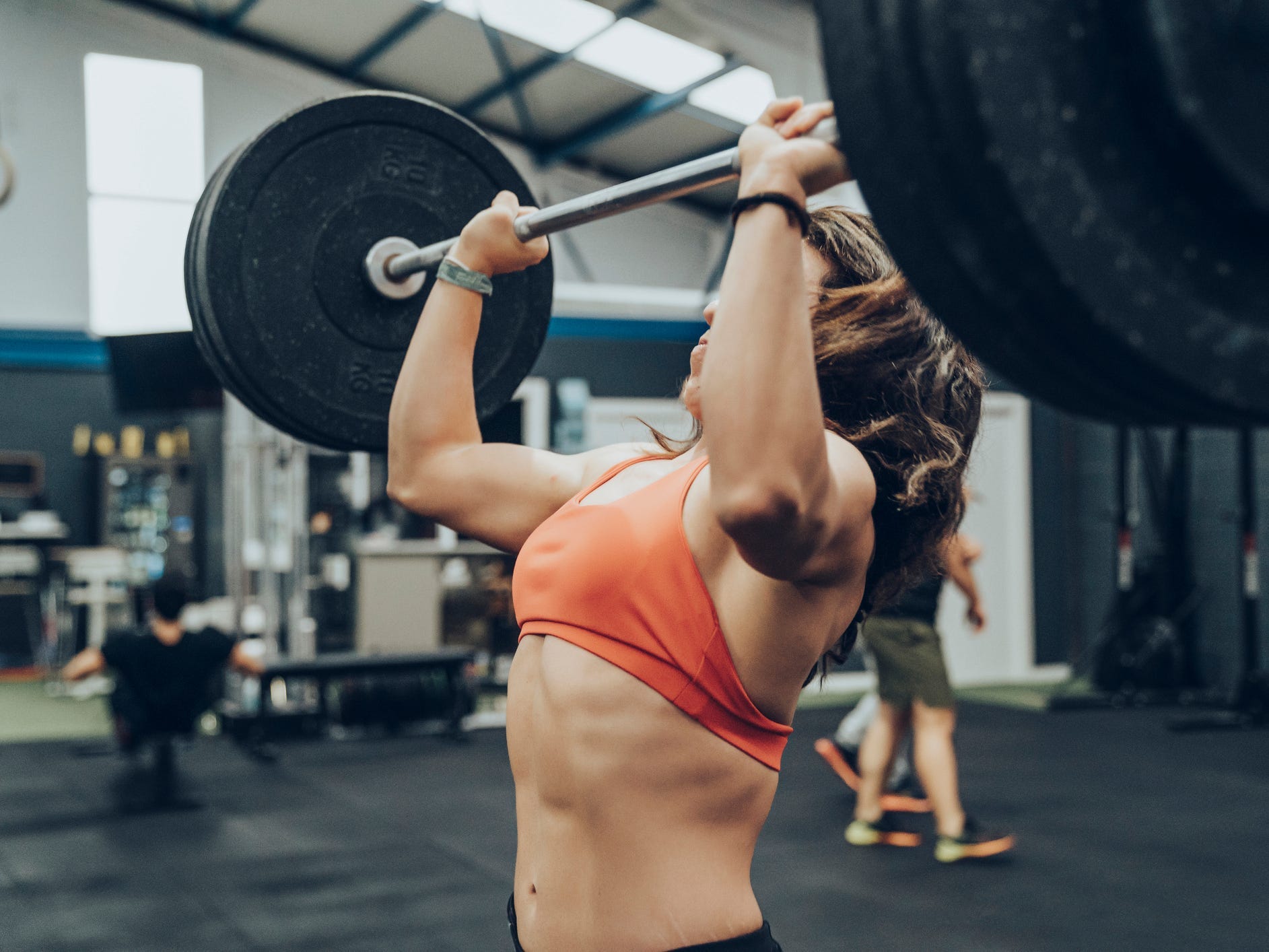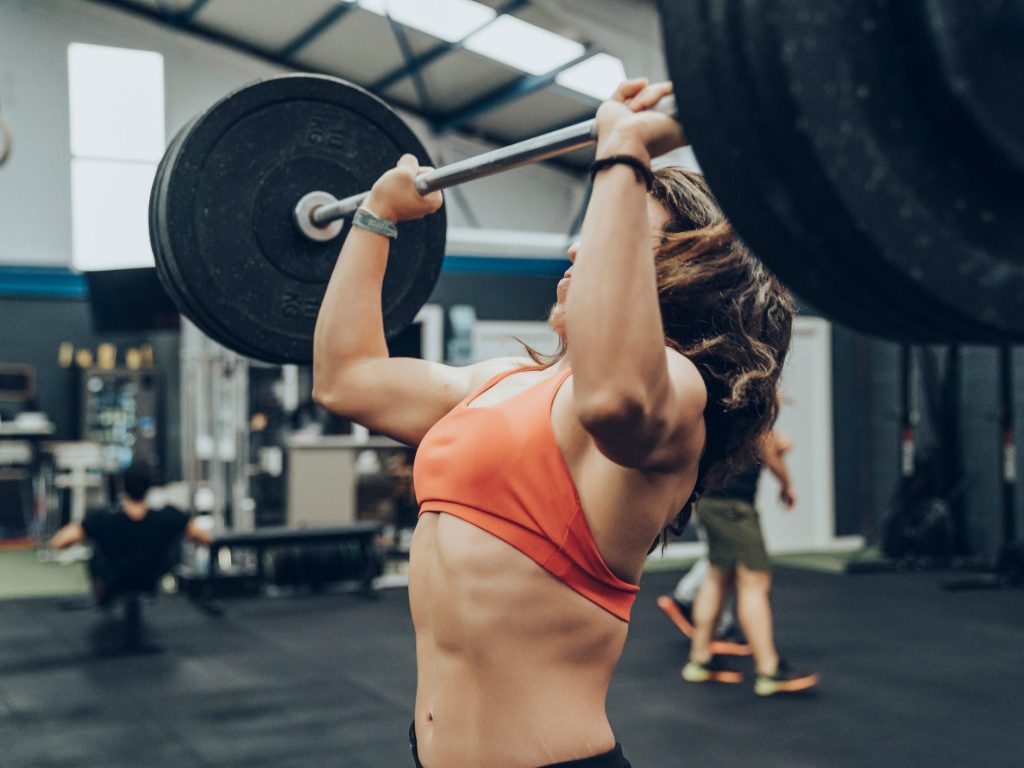
Mikel Taboada/Getty Images
- Fitness beginners can take advantage of "newbie gains" to make quick progress.
- For strong abs, compound exercises like deadlifts, presses, and rows are best, according to a trainer.
- Good nutrition, smart training, and tracking your strength progress can also help, he said.
- Visit Insider's homepage for more stories.
A strong core is a common goal among gym-goers, but if you're new to working out, you may have an edge in building abs.
When you start strength training, you can take advantage of a phenomenon known as "newbie gains," an initial period of rapid improvement in strength and muscle. While newbie gains can lead to impressive all-around progress, getting well-defined abs requires a particular strategy, according to Noam Tamir, founder and CEO of TS Fitness in New York City.
"If you're going to want to see your abs, you have to drop body fat. You can't spot train," he told Insider. "It's about getting consistent with exercise and making small changes to nutrition."
Add compound movements like deadlifts, squats, presses, and rows to your workouts
To get the most out of your time in the gym, Tamir recommends movements that use multiple large muscle groups at once as you lift a barbell, dumbbells, or kettlebells.
Examples include overhead presses, squats, rows, and deadlifts, all of which activate your core muscles to help stabilize and control the weight.
Compound lifts are more efficient than crunches or sit-ups alone, since you're tapping into larger muscles groups and burning more calories.
Weightlifting also provides a bonus calorie burn after you finish the workout as your muscle recover from the strain, known as the afterburn effect.
Prioritize nutrition
In order to get more defined abs, most people need to reduce their body fat percentage through a calorie deficit, by burning more energy than they consume.
"If people want to lose body fat, I really preach the nutrition side of things," Tamir said.
Since it's much quicker (and easier) to eat calories than to burn them, trying to maintain a calorie deficit through exercise alone can result in overtraining and burnout, particularly for exercise newbies, Tamir said.
A key component of nutrition is getting enough protein, which takes more energy to digest and can keep you full for longer, making it useful for weight loss. One strategy is to have a protein source (like lean meat, eggs, fish, tofu, yogurt, or beans) and a produce (leafy greens, veggies, or fruit) every time you eat, registered dietitian Brigitte Zeitlin previously told Insider.
Work smarter, not harder
Steady state cardio, which involves running or cycling at a low intensity for a longer time period, is a popular strategy for burning fat to reveal ab muscles. But it can be time-consuming.
Rather than spending hours on the treadmill, Tamir recommends ending your workouts with metabolic resistance training, or periods of high-intensity weightlifting with short rest periods to keep your heart rate up.
You can also incorporate high-intensity interval training (HIIT) a few times a week to burn more calories, he said.
Stay motivated by celebrating strength progress
It can take weeks or months to see significant changes in the mirror, so looking for visible changes may be frustrating. Tamir recommends tracking strength and skill improvements, such as how much weight you lift, how many reps you do, and how you feel after exercise.
"In the beginning, you might feel dead and sore as hell after a workout, but maybe in a couple of weeks you're ready to do more," he said.
Seeing those improvements can be rewarding and keep you motivated to stick with your exercise routine.
"One of the first things that happen are neurological changes, which you don't see in the mirror, but can make strength improve very quickly," Tamir said.
